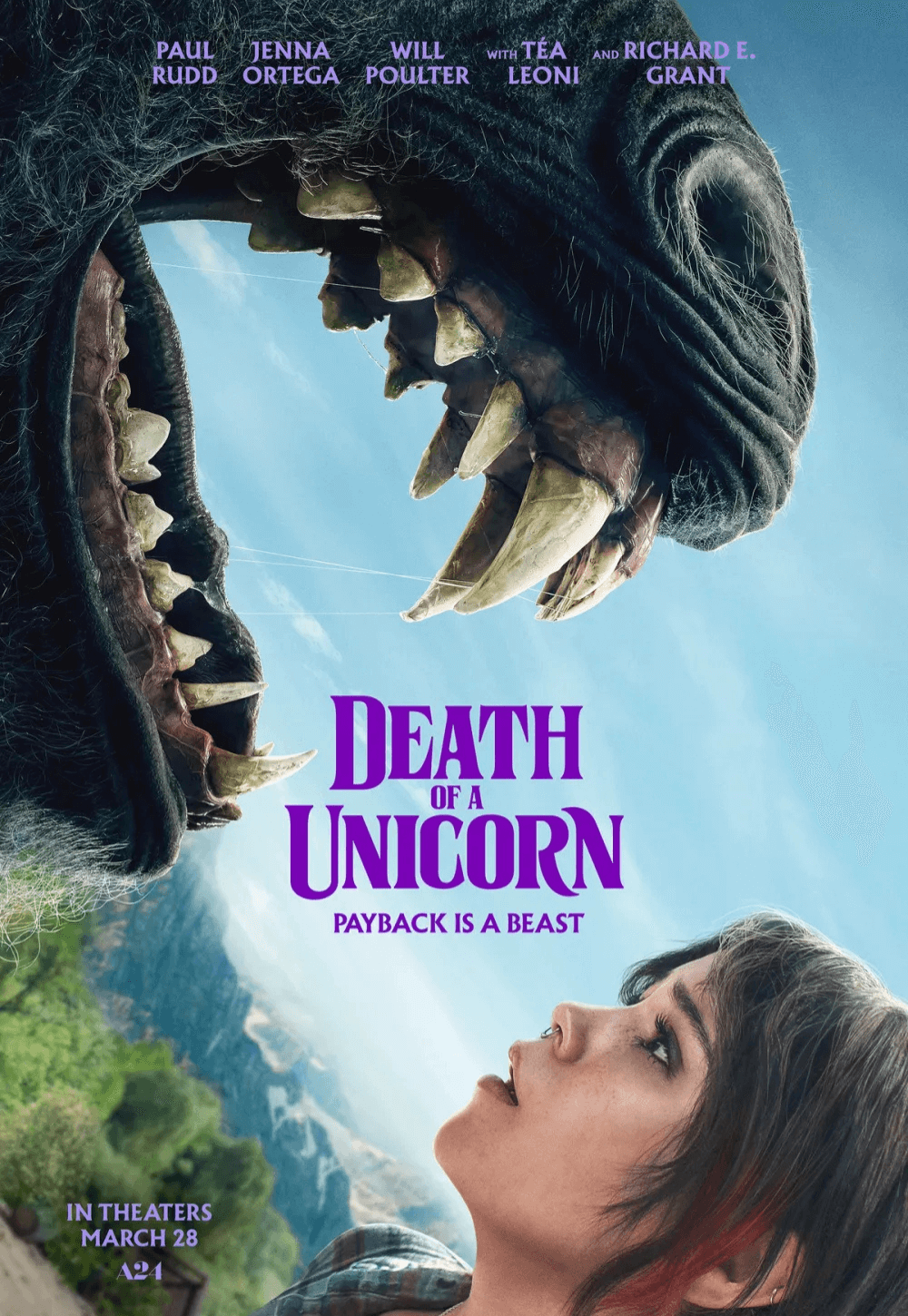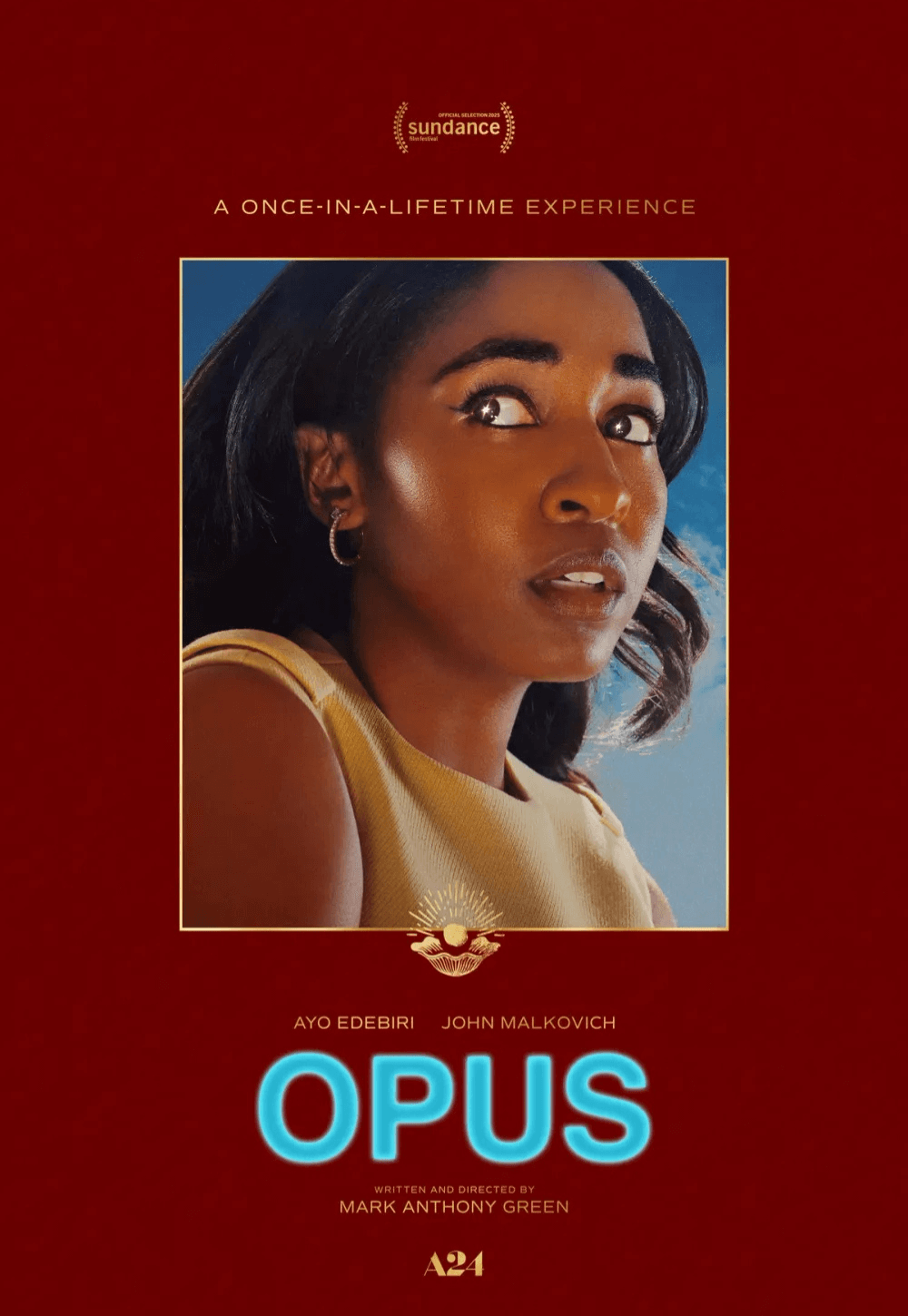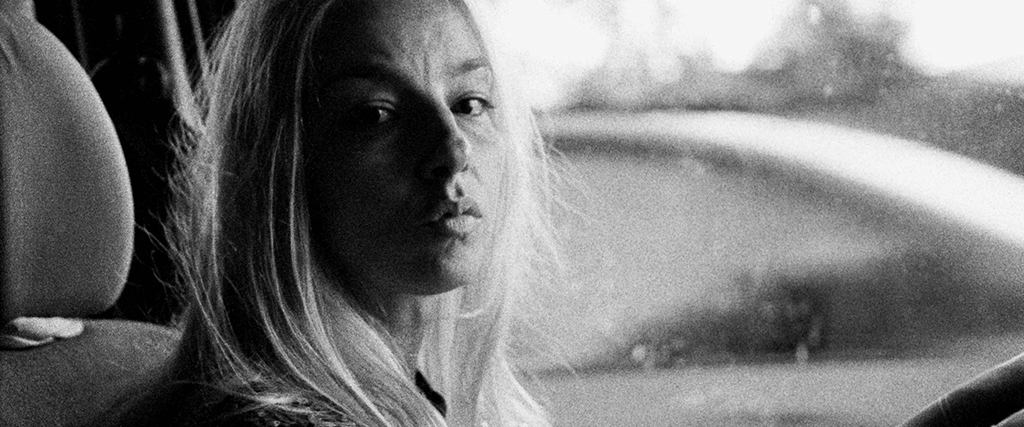
MSPIFF 2024 – Dispatch 4
By Brian Eggert | April 25, 2024
These films were screened at the 43rd Minneapolis St. Paul International Film Festival (MSPIFF43). Select films reviewed below will receive separate full-length writeups, some for their wider release, some exclusive to Deep Focus Review’s Patreon. In the meantime, here are some first impressions.
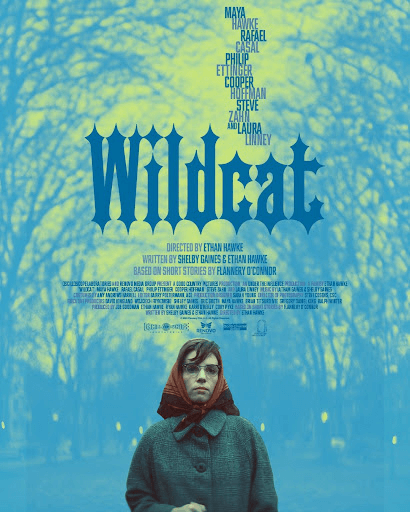 Wildcat
Wildcat
As a poet, novelist, musician, and actor committed to the art of his craft, Ethan Hawke also directs and, given his multihyphenate background, it’s no surprise he often makes films about artists. His directorial debut on Chelsea Walls (2001) found him adapting the play by Nicole Burdette about a group of artists staying in the same hotel. He made the screen version of his novel, The Hottest State (2007), about a young man in love with a singer. In 2015, he released a documentary about pianist Seymour Bernstein. And in 2018, his film Blaze captured the life of Austin musician Blaze Foley. Given his penchant for earthy creatives who struggle to balance life and art, Wildcat, a look at Flannery O’Connor’s life and short stories, feels apt.
Sharing screenwriter credit with Shelby Gaines, Hawke makes his most stylistically experimental film, opening with a black-and-white sequence that looks like a mid-century melodrama. It signals the aesthetic playfulness to come. Settling into a more conventional mode, the film features Maya Hawke giving a stagey performance as O’Connor, never emerging from behind her costume’s accessories (glasses, false teeth, and possibly a wig). Set in the 1940s, the film charts O’Connor’s struggle to get publishers on board with her acerbic and unconventional book, Wise Blood, which would become a Southern Gothic classic. So she returns home to Milledgeville, Georgia, to stay with her mother Regina (Laura Linney, excellent) and write. But it soon becomes apparent that she has lupus, the same affliction that claimed her father.
Although O’Connor has faith and prays for her god to give her the ability to write the Great American Novel, she decries many who wield religion to earn a buck or exploit others. Less about shedding light on O’Connor the person than exploring her creative drives, Wildcat examines how she often wrote about versions of Regina—chatty social butterflies with ingrained prejudices. Along with thinly veiled stories about her mother, realized in vivid, anthology-like segments, O’Connor spins unforgiving yarns about hucksters, beleaguered wanderers, and unfortunates who often have a missing limb. They’re populated by brief appearances from several of the director’s friends and previous collaborators: Vincent D’Onofrio, Cooper Hoffman, Liam Neeson, Rafael Casal, and Steve Zahn.
Given how Hawke executes them, some heavy-handed visuals rendered with iffy CGI, such as Jesus or peacock feathers, become arguably antithetical to the grounded quality of the author’s work. Elsewhere, the production looks more aligned with the subject’s world. Note how Steve Cosens’ cinematography, shot in a shallow focus resembling tunnel vision, captures the bleak, grayed-out color of O’Connor’s writing. Production designer Sarah Young also delivers a handsome 1940s setting that never looks artificial or glossy. These details shine in Hawke’s excellent retellings of “Good Country People” and “The Life You Save May Be Your Own.”
Still, those who haven’t read O’Connor may not appreciate what Hawke’s Wildcat is going for here, particularly with his embrace of the author’s raw language and imagery. But O’Connor sought to reflect reality by refusing to soften how people speak in her region of the South, and so does Hawke. It doesn’t all come together satisfactorily and, in the end, feels somewhat superficial. But it’s also refreshingly not a typical Hollywood biopic. So I admire Wildcat, despite certain details and performances preventing the film from becoming a well-rounded feature. Hawke at least implants a desire to read O’Connor’s work, which, doubtlessly, is the point.
2.5/4 Stars.
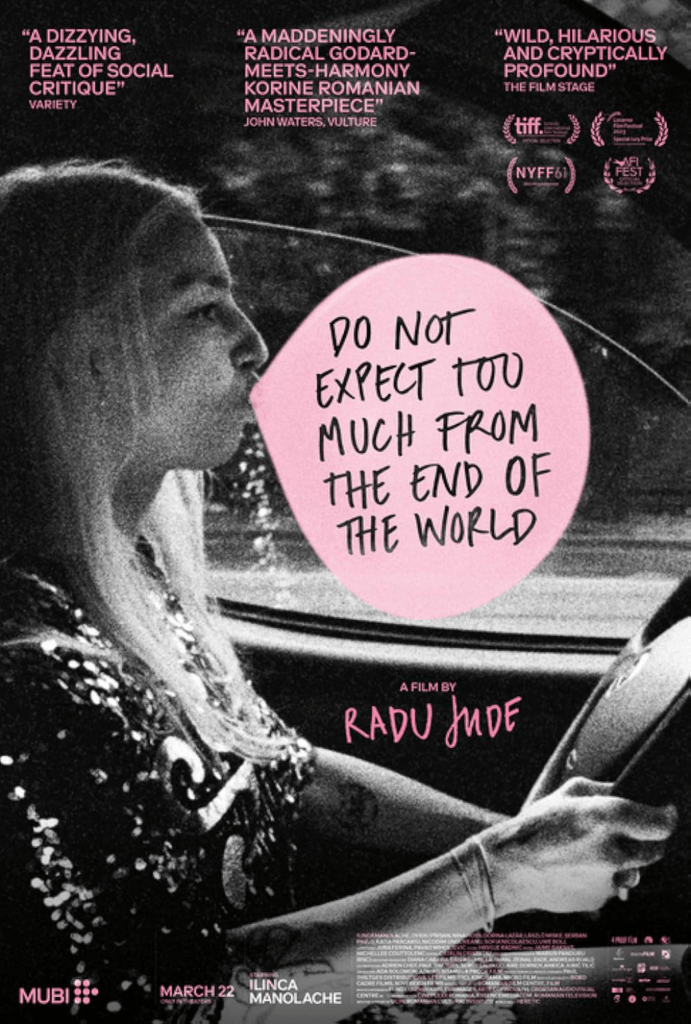 Do Not Expect Too Much from the End of the World
Do Not Expect Too Much from the End of the World
Radu Jude’s Do Not Expect Too Much from the End of the World is the Romanian New Wave filmmaker’s latest darkly comic exploration of capitalist consequences, social media, and personal expression through satiric art. Inspired by a real-life news story about a personal assistant who died after driving too much, the story follows Angela (Ilinca Manolache), an overworked production assistant for a PR firm. She’s tasked with driving around and recording workers from a German factory in Bucharest who were injured on the job, the videos serving as auditions for a workplace safety video designed to put the corporation in a good light. While driving from one interview to the next, Angela blows off steam through her online persona, “Bobita,” a bald and unibrowed Instagram filter who spouts misogynistic diatribes.
Jude, who worked in commercials, is also a proud acolyte of Jean-Luc Godard, and his presentation adopts a wildly avant-garde essay style, where the storytelling resists anything resembling a traditional narrative structure. Although it might be a kind of road movie, Jude intercuts Angela’s work with scenes from the 1981 film Angela Moves On, directed by Lucian Bratu, about a Romanian woman who works in the typically male profession of cab driving. The inclusion of these scenes, often disrupting the story proper and presented in slow-motion, remark on how labor has changed in the last four decades but also how it hasn’t changed at all. Depending on your perspective and profession, it’s gotten worse. A long section mid-film considers the sheer number of roadside graves on a stretch of highway where drivers are apparently in such a rush that they have driven the accident rate to tragic heights.
Somewhat more accessible than his last film, Bad Luck Banging or Loony Porn (2021), it’s no less a confronting and politicized work. But it’s also riotously funny—from Angela’s outlandishly nasty videos to the appearance of notoriously derided filmmaker Uwe Boll, playing himself. However, Jude’s base humor reflects the vulgarity of humanity without mocking the weak or undeserved. To be sure, Angela’s videos seem over-the-top until you realize they’re based on actual videos by Andrew Tate, or you see men on Bucharest streets confronting her with similar language. Whether she could be accused of perpetuating that behavior is beside the point; Jude seems to relish everyone’s ability to mock, regardless of how audiences may interpret it, and he equates such expressions with cinema.
After capturing interviews with accident victims and project planning meetings on patchy video conferences, Angela and the PR firm welcome a detached German executive (Nina Hoss) to oversee production of the workplace safety video—though Hoss’ character remains noticeably absent from the eventual shoot. The result is an extended sequence, captured in an unbroken shot lasting 20 minutes or so, of the crew shooting the video, which ends up sounding more like victim blaming and corporate exoneration than anything resembling an admittance of responsibility or genuine safety advice. It’s a distillation of the film’s themes to this point, orchestrated in a hilarious series of attempts to capture the perfect innocuous corporate video.
Jude has mastered the art of blending intentionally tasteless humor and political anger in confronting ways. He backs up his multifaceted critique with a formal audacity inspired by Godard’s anti-establishment filmmaking, actively defying traditional formal expectations. Jude contrasts the black-and-white presentation of Angela’s workday with her full-color Bobita videos, and he and editor Cătălin Cristuțiu keep the viewer on edge with an unpredictable, experimental structure. And while the scenes from Angela Moves On may feel too frequent and extend the runtime (163 minutes) somewhat unnecessarily, Jude nonetheless has made an incomparable, angry, riotous, and insightful commentary on life in the globalized world.
3.5/4 Stars.
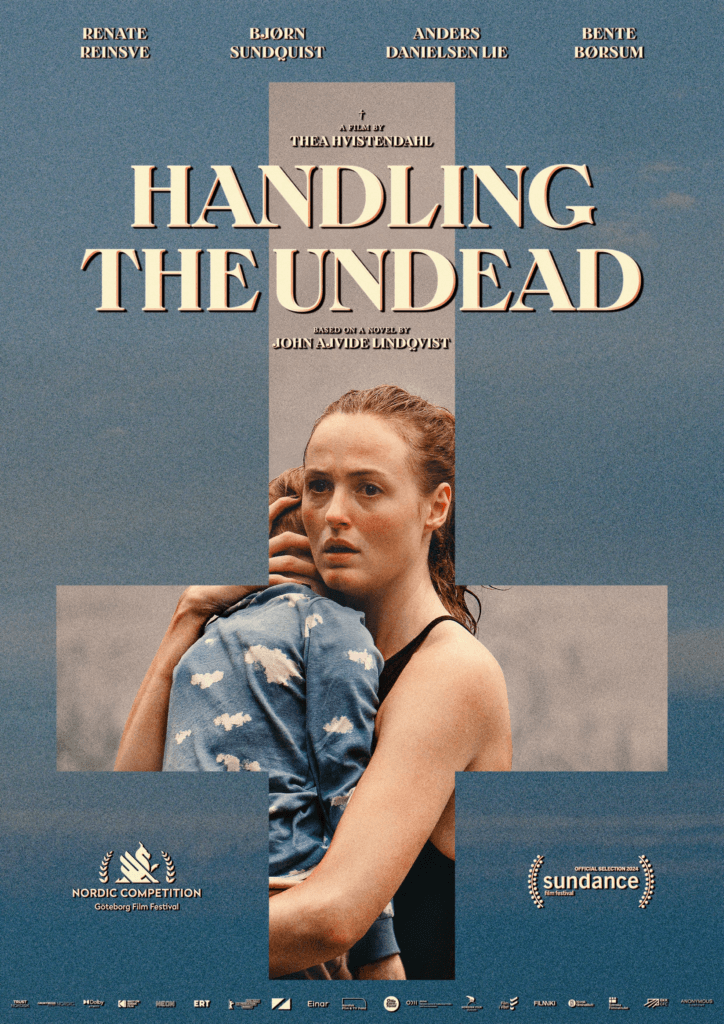 Handling the Undead
Handling the Undead
For Handling the Undead, first-time fiction director Thea Hvistendahl worked alongside author John Ajvide Lindqvist (Let the Right One In) to adapt his 2009 novel, resulting in a moody, austere, but unfortunately slight zombie story. The recently deceased return to life after some strange phenomena involving a power outage and radio static. But it’s not a zombie apocalypse of the flesh-eating variety; at least, not yet. Instead, mourners must face the reanimated bodies of their family and friends, which breathe, have a mild heartbeat, and show faint signs of recognition. The film considers several otherwise unconnected stories about people grappling with the re-emergence of their late loved one. Hvistendahl and Lindqvist pay almost no attention to the larger implications, such as how the authorities respond or whether this extends beyond Norway.
Handling the Undead is expertly made formally and features two of Norway’s biggest stars—Joachim Trier regulars Renate Reinsve and Anders Danielsen Lie. That and the marketable genre were enough to justify Neon picking up the US distribution rights. But fans expecting to be blown away may be disappointed by this slow-burning arthouse effort that unfolds in long, almost one-shot-per-scene segments. I found the aesthetic rigor of Hvistendahl’s filmmaking a welcome alternative to usually high-energy zombie fare. Presented with admirable control and observant lensing by cinematographer Pål Ulvik Rokseth, the film plays like a mood piece rather than most pulpy B-movies, and such self-seriousness is rarely found in the zombie genre.
Central is Anna (Reinsve), a woman who recently lost her young boy, Elias. She is shocked to discover that her father (Bjørn Sundquist) has unearthed the child from his fresh grave. Fearing that the police, who are rounding up the undead, will take Elias away, they escape to an isolated cabin to protect Elias. Elsewhere, Bente Børsum plays a woman whose lover (Olga Damani) returns, and she tries to reestablish their home life. The most affecting story follows David (Lie), a husband and father whose wife Eva (Bahar Pars) dies in a car accident. But then she returns to life in the hospital. David can barely process her death, much less her return.
A brooding meditation on grief, Handling the Undead nonetheless features some questionable behavior in service of its themes. For instance, why isn’t everyone terrified of these zombies? I thought that maybe they hadn’t heard of zombies in the world that this story takes place, but then I remembered a scene when David’s teen daughter Flora (Inesa Dauksta) plays a violent zombie video game. Zombies have apparently seeped into pop culture, so the potential danger should be apparent. Yet, no one expresses concern about becoming lunch. Viewers well-versed in zombie movies will wince whenever Anna hugs Elias, fearing the inevitable bite. This anxiety reaches its height during a scene when David and his children introduce a cuddly pet rabbit to the almost catatonic Eva, resulting in a horrifying scene that will raise questions of animal cruelty and, as such, took me out of the movie.
Although I haven’t read the book, my wife and this site’s devoted copy editor has. She explained to me that the screen version eschews a telepathy aspect of Lindqvist’s book that made much of the behavior more understandable—though it would have been difficult to show in a film—since the living characters could psychically tell that some remnants of their loved ones remained inside their eerily still reanimated corpses. This would better explain why characters behave the way they do, ignoring the zombie threat because they can sense hints of the person left inside. But removing this element confuses the characters’ behaviors toward the zombies. Indeed, Hvistendahl and Lindqvist may have gone too far in minimizing the text, robbing the material of its potential texture, weight, and emotional logic.
2.5/4 Stars.
Consider Supporting Deep Focus Review
I hope you’re enjoying the independent film criticism on Deep Focus Review. Whether you’re a regular reader or just occasionally stop by, please consider supporting Deep Focus Review on Patreon or making a donation. Since 2007, my critical analysis and in-depth reviews have been free from outside influence. Becoming a Patron gives you access to exclusive reviews and essays before anyone else, and you’ll also be a member of a vibrant community of movie lovers. Plus, your contributions help me maintain the site, access research materials, and ensure Deep Focus Review keeps going strong.
If you enjoy my work, please consider joining me on Patreon or showing your support in other ways.
Thank you for your readership!
Brian Eggert | Critic, Founder
Deep Focus Review



